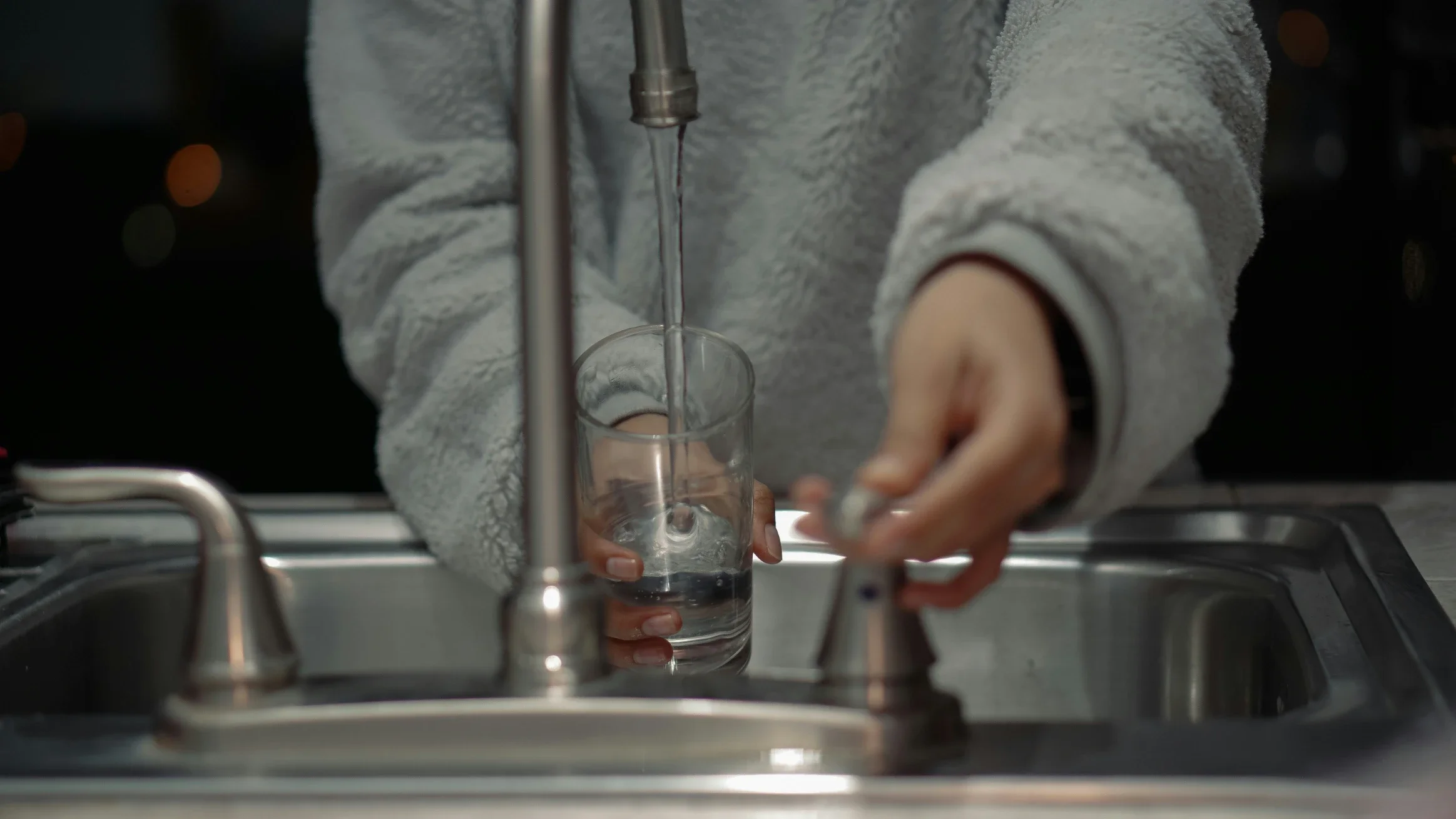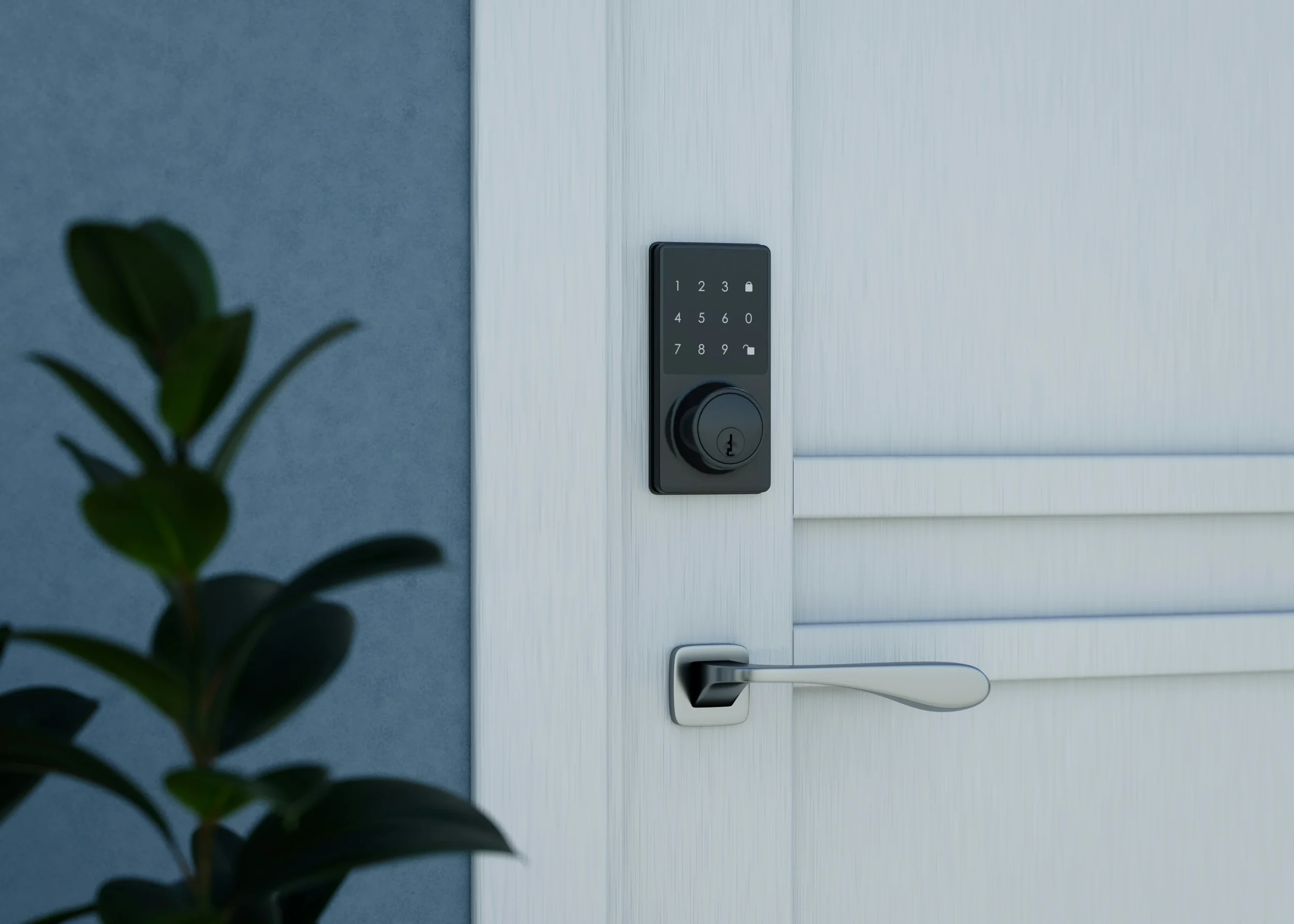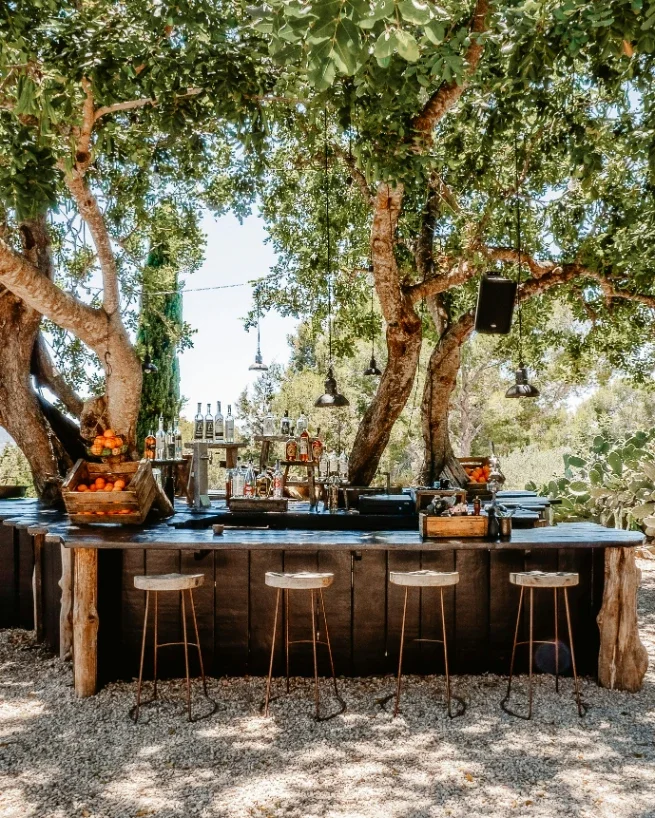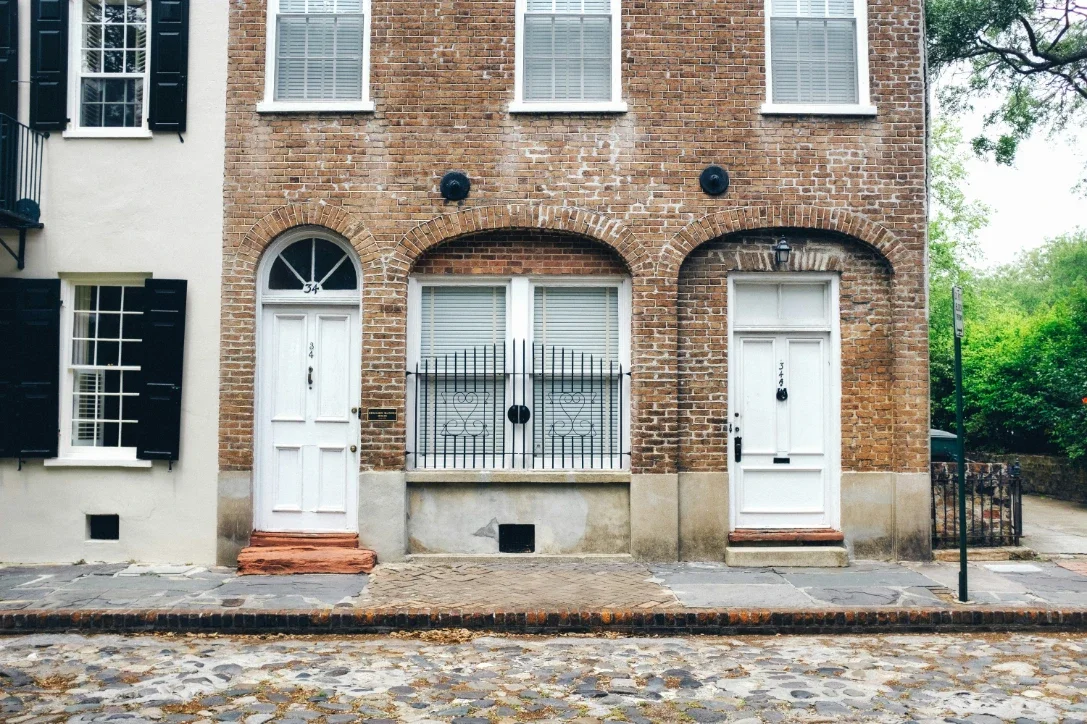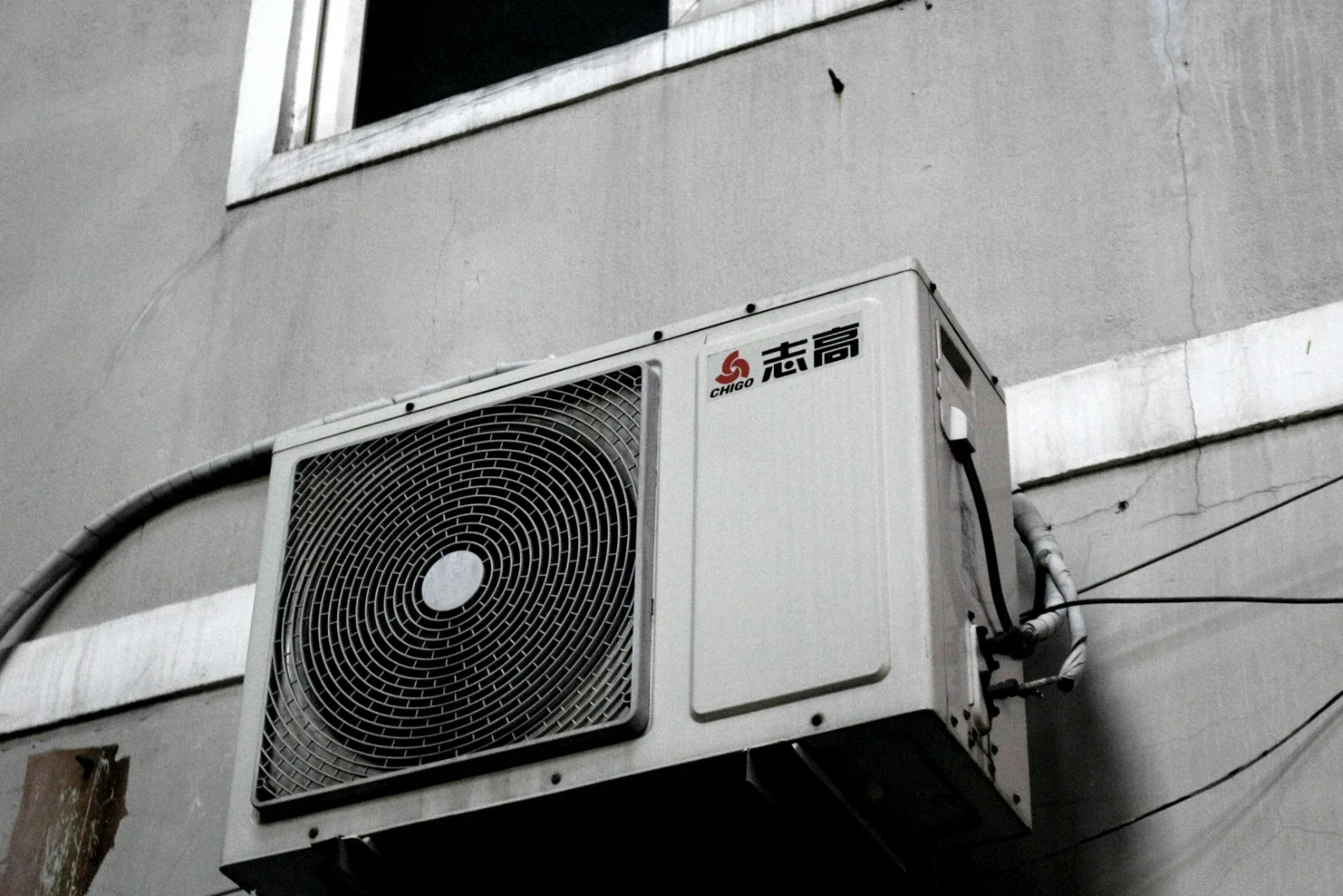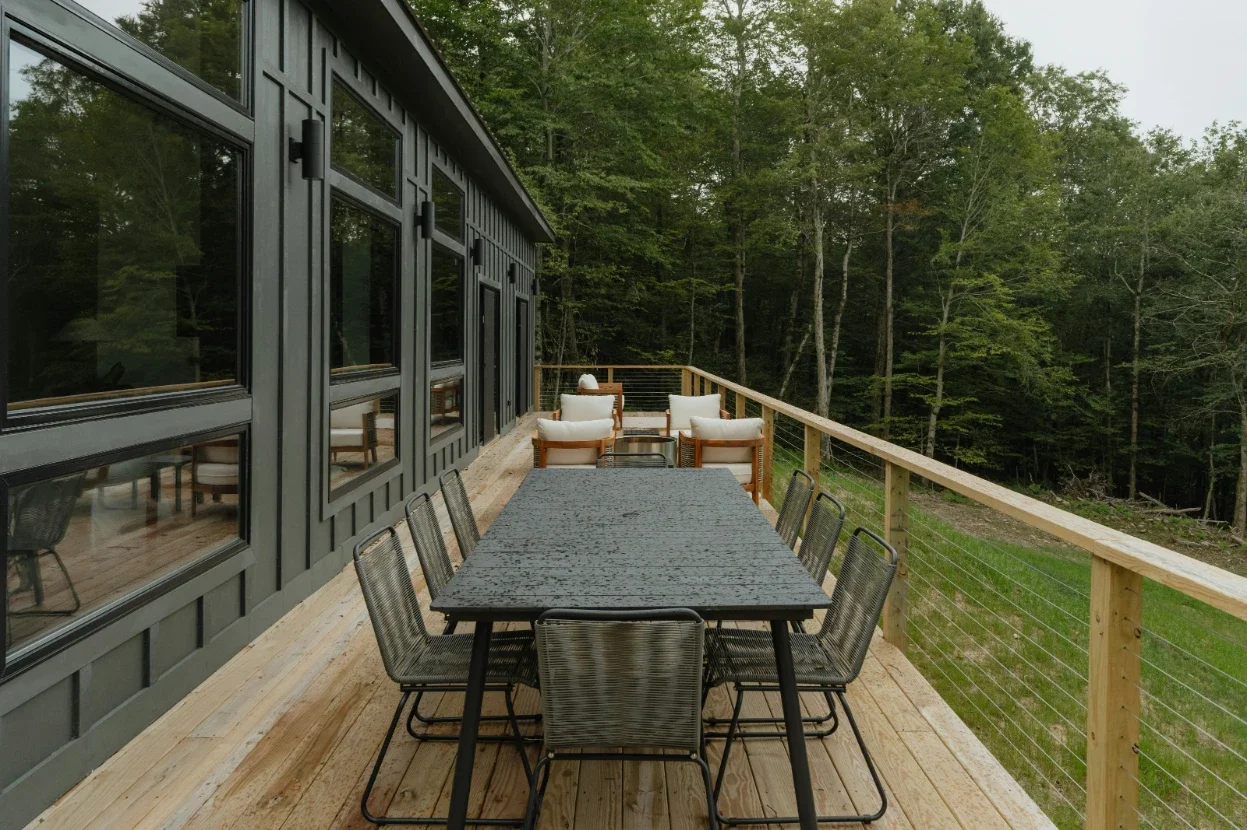15 Outdoor Wood Sealer Ideas to Protect and Shine
Discover 15 outdoor wood sealer techniques—from marine-grade varnishes to eco-friendly oils that protect decks, furniture, and structures from harsh elements.
Have you ever marveled at the rich amber glow of cedar deck boards freshly kissed by rain, only to watch that same stunning wood fade to a lifeless gray within months? The battle between gorgeous wooden outdoor elements and the relentless forces of nature represents one of homeownership's most bittersweet struggles. Water penetrates grain, ultraviolet rays break down lignin, fungi establish colonies in microscopic crevices, and temperature fluctuations force expansions and contractions that stress every fiber. I've spent twenty years in wood restoration and preservation, witnessing countless beautiful pieces surrender to these elemental assaults—and I've learned that the right sealer doesn't just prevent damage; it transforms this ongoing maintenance challenge into an opportunity for enhancing wood's inherent beauty. The perfect wood sealer functions simultaneously as armor and cosmetic enhancement, protecting vulnerable surfaces while drawing out character hidden within the grain. Unlike interior finishes that rarely face extreme challenges, outdoor sealers must perform under brutal conditions while maintaining their protective integrity and aesthetic contribution. In this guide, I'll walk you through fifteen distinct approaches to outdoor wood sealing, each offering unique benefits for specific applications and environmental conditions. These aren't just product recommendations but comprehensive protection systems tailored to different wood types, climates, and aesthetic preferences. Whether you're preserving a newly installed pine deck, revitalizing weather-beaten teak furniture, or protecting crucial structural elements from failure, you'll discover options that balance protection with appearance enhancement. Ready to transform vulnerable wood into resilient, stunning elements that gracefully weather the years? Let's explore the fascinating world of protective finishes that work as hard as they look beautiful.
1. Marine-Grade Varnish Systems for Ultimate Weather Protection
Transform vulnerable exterior wood into resilient, glossy surfaces that withstand the harshest elements by implementing multi-coat marine varnish systems originally developed for wooden watercraft. Unlike standard polyurethanes, genuine marine varnishes contain advanced UV blockers, mildewcides, and flexible resins that move with wood rather than cracking when it expands and contracts. Apply these premium formulations in thin, multiple coats (typically 6-8) with light sanding between each layer, creating a protective shield with remarkable depth and clarity. These systems particularly excel on high-value wood elements like front doors, ornamental details, and exposed structural beams where maximum protection justifies the substantial labor investment. While demanding in application time—often requiring several days for proper completion—these systems can deliver 3-5 years of protection even in harsh coastal environments. Consider this approach your nuclear option for wood protection—when nothing else provides sufficient defense against punishing conditions, marine-grade systems deliver yacht-worthy resilience for terrestrial applications.
2. Penetrating Oil-Based Sealers for Natural Grain Enhancement
Showcase wood's inherent character while providing robust protection through penetrating oil-based sealers that soak deep into fibers rather than forming surface films. These traditional formulations—typically containing tung oil, linseed oil, or modern alkyd resins—penetrate up to 1/4 inch into wood, creating water-repellent barriers that prevent moisture damage while allowing the wood to breathe naturally. Their penetrative nature prevents the peeling and cracking common with film-forming finishes, making maintenance dramatically simpler—simply clean and apply a fresh coat when water stops beading on the surface. These sealers particularly excel on rough-textured woods like weathered cedar shakes, rough-sawn timbers, and distressed furniture pieces where their enhancement of natural grain patterns creates remarkable visual depth. While offering less absolute protection than film-forming alternatives, their forgiveness during renovation makes them ideal for homeowners seeking manageable maintenance schedules. Like a good facial moisturizer that works below the skin's surface, these penetrating oils nourish wood from within while providing invisible protection that enhances rather than masks natural beauty.
3. Water-Based Acrylic Sealers for Eco-Conscious Applications
Protect outdoor wood while minimizing environmental impact through advanced water-based acrylic sealers that reduce volatile organic compounds (VOCs) while delivering surprisingly robust protection. Modern acrylic formulations disperse nano-scale resin particles in water, creating molecular shields that bond to wood fibers as the water evaporates. These environmentally friendlier alternatives offer significant advantages beyond reduced fumes and simplified cleanup—they dry remarkably quickly (often in 1-2 hours), resist yellowing better than oil-based alternatives, and allow easy soap-and-water brush cleaning. Apply these products in multiple thin coats rather than single heavy applications for best results, particularly on smooth-planed surfaces like decking, outdoor furniture, and architectural details. Their quick-drying nature makes them especially valuable in humid climates where traditional oil-based products may cure unpredictably. While generally less durable than their oil-based counterparts in extreme environments, premium water-based acrylics now approach comparable performance when properly applied and maintained. These formulations represent the impressive evolution of eco-conscious protection options, proving that environmental responsibility need not compromise performance.
4. Hybrid Oil-Water Sealers for Simplified Maintenance
Embrace the best qualities of both worlds with hybrid oil-modified water-based sealers that combine oil's penetrative enhancement with water-based convenience and environmental benefits. These innovative formulations suspend microscopic oil particles in water carriers, delivering deeper penetration than standard acrylics while maintaining quick drying times and simple cleanup. Apply these versatile products to almost any outdoor wood surface—from deck boards to fence panels to garden structures—where they provide excellent water repellency with moderate UV protection. Their true advantage emerges during maintenance cycles; because they penetrate rather than solely forming surface films, they typically require simple cleaning and reapplication without the laborious sanding and stripping traditionally associated with protective finishes. This maintenance advantage makes them particularly valuable for extensive wooden elements like large decks and privacy fences where refinishing labor costs often exceed material expenses. Like modern automotive hybrid systems that balance performance with efficiency, these clever chemical compromises offer practical protection solutions that respect both the wood and the people maintaining it.
5. Transparent UV-Blocking Sealers for Fade Prevention
Preserve wood's original color against the sun's relentless bleaching effects with specialized transparent sealers incorporating advanced UV blocking technology. These sophisticated formulations contain complex transparent iron oxides and specialized polymers that absorb or reflect ultraviolet radiation before it damages lignin, the cellular structure component that gives wood its natural color. Unlike standard clear sealers that primarily repel water, these specialized products form invisible shields against both moisture and sunlight, preventing the silvery-gray transformation that frustrates many homeowners. Apply these protective coatings in multiple thin layers, building protection without obscuring grain patterns or deepening color beyond wood's natural appearance. These systems particularly benefit newly installed cedar, redwood, and ipe elements where preserving the original rich color justifies premium product costs. While requiring more frequent maintenance than pigmented alternatives (typically annual reapplication in sunny climates), they uniquely preserve wood's natural appearance rather than adding pigmentation. Consider these specialized formulations analogous to high-SPF sunscreen—invisible protection specifically targeting radiation damage rather than just moisture issues.
6. Semi-Transparent Stain-Sealer Combinations for Color Adjustment
Balance color control with natural grain visibility through semi-transparent stain-sealer combinations that provide excellent protection while allowing artistic color enhancement. These dual-purpose formulations suspend finely ground transparent pigments in protective bases, simultaneously depositing color while creating water-repellent barriers. Their semi-transparent nature allows underlying grain patterns to remain visible while evening out color variations and camouflaging minor imperfections—particularly valuable for pressure-treated lumber, woods with inconsistent coloration, or previously weathered surfaces needing refreshment. Apply these versatile products using various techniques to achieve different aesthetic effects—brush application creates deeper color saturation, while wiping or padding techniques produce more subtle results that highlight grain patterns. The pigmentation itself provides significant UV protection, extending maintenance intervals compared to clear finishes (typically 2-3 years between applications). These balanced formulations represent the goldilocks zone for many homeowners—not too natural, not too artificial, but delivering just the right combination of protection and aesthetic enhancement for most residential applications.
7. Solid Color Stain Sealing Systems for Maximum Longevity
Transform weathered or compromised wood surfaces with solid color stain-sealer systems that provide maximum ultraviolet protection while concealing severe imperfections under uniform, opaque finishes. Unlike semi-transparent alternatives, these heavy-bodied formulations contain higher pigment concentrations that completely mask grain patterns while filling minor cracks and checking. Their exceptional UV protection extends maintenance intervals significantly—often 5-7 years between applications—making them particularly valuable for difficult-to-access elements like pergolas, second-story decks, and elaborate arbors where minimizing maintenance frequency trumps showcasing natural grain. Apply these workhorses using high-quality brushes or rollers, working in the direction of the grain and maintaining wet edges to prevent lap marks. Despite their paint-like appearance, proper solid stains penetrate partially into wood rather than solely creating surface films, improving flexibility and reducing the likelihood of peeling compared to traditional paint. Consider these systems the practical solution for protection-focused applications—situations where performance and longevity matter more than highlighting wood's natural aesthetic qualities, particularly appropriate for highly weathered surfaces beyond restoration to natural beauty.
8. Traditional Linseed Oil Approaches for Heritage Structures
Honor historical authenticity while providing genuine protection through traditional boiled linseed oil applications, the finish that protected wooden structures for centuries before modern synthetic alternatives emerged. This time-tested approach penetrates deeply into wood fibers, providing internal moisture resistance while subtly enhancing grain with a warm amber tone that deepens beautifully with age. Unlike quick-drying modern alternatives, traditional application requires patience—apply multiple saturating coats with 24-48 hour curing periods between applications, often requiring a week-long commitment for proper execution. These systems particularly benefit restoration projects on historic homes, garden structures, and traditional outbuildings where maintaining period-appropriate finishes matters. While demanding more frequent maintenance than modern alternatives (typically annual refresher applications), their authenticity and easy repair process make them ideally suited for historically significant wooden elements. The traditional approach also offers remarkable compatibility with antique woods that sometimes reject modern synthetic finishes. Like heirloom recipes passed through generations, these traditional techniques connect us with centuries of woodworking wisdom while delivering surprisingly effective protection using simple, natural materials.
9. Hard Wax Oil Combinations for Contemporary Aesthetics
Create exceptionally natural-looking protection through hard wax oil combinations that form moisture-resistant, micro-porous finishes with remarkable tactile qualities. These sophisticated European-developed formulations blend penetrating natural oils with carnauba or beeswax, creating systems that simultaneously penetrate wood fibers while forming microscopically thin, breathable surface layers. The resulting finish repels water while allowing vapor transmission, creating remarkably stable protection even with seasonal humidity fluctuations. Apply these specialty products in extremely thin layers using lint-free cloths, allowing each application to penetrate before removing all surface excess—a technique delivering exceptionally natural appearances impossible with conventional film-forming finishes. These systems particularly excel on architectural details, outdoor furniture, and contemporary wooden elements where maintaining wood's natural texture and appearance takes priority. While generally requiring more frequent maintenance than synthetic alternatives (typically refreshing annually), their exceptional repairability makes maintenance remarkably straightforward—simply clean and reapply to worn areas without stripping or sanding. These sophisticated finishes represent the perfect balance for design-focused applications where protection must never compromise aesthetic integrity.
10. Epoxy Sealing Techniques for High-Traffic Surfaces
Transform vulnerable wooden surfaces into virtually indestructible elements through specialized epoxy sealing systems that create exceptionally durable, moisture-proof barriers. Unlike conventional sealers, marine-grade epoxy formulations form completely waterproof molecular structures that physically lock out moisture while providing unmatched abrasion resistance. These heavy-duty treatments particularly benefit high-wear wooden elements like deck boards surrounding hot tubs, outdoor kitchen countertops, and wooden walkways subject to heavy traffic and frequent water exposure. Apply these specialized formulations in carefully measured batches, mixing precisely according to manufacturer specifications and working quickly within their limited application windows. For natural appearances, select clear formulations with UV stabilizers to prevent yellowing, or incorporate subtle tinting for enhanced aesthetic effects. While representing the most labor-intensive and expensive sealing approach, properly applied epoxy systems can deliver decade-plus protection even under extreme conditions. Like setting natural wood in transparent armor, these systems preserve visual characteristics while creating functionally waterproof surfaces that withstand conditions that would destroy conventionally finished wood within months.
11. Nano-Particle Sealers for Molecular-Level Protection
Explore cutting-edge protection with nano-particle sealers that employ microscopic material science to create revolutionary wood protection at the molecular level. These next-generation formulations contain particles measuring 1-100 nanometers—so incredibly small they penetrate wood cells themselves rather than merely filling spaces between fibers. This deep penetration creates water repellency from within while maintaining completely natural appearance and feel, unlike surface-forming conventional sealers. Apply these ultra-thin products with pump sprayers or HVLP systems, allowing complete penetration before removing excess with microfiber cloths. Their invisible protection particularly benefits architectural elements where absolutely natural appearance remains paramount—exposed beam ends, decorative wooden brackets, and artisanal wooden details where conventional finishes would diminish craftsmanship. While typically requiring more frequent application than film-forming alternatives (generally annual retreatment), their unprecedented penetration creates protection previously impossible with conventional technologies. Consider these sophisticated formulations analogous to modern pharmaceuticals that work at the cellular level—invisible interventions that prevent damage through sophisticated interactions with wood's microscopic structure rather than merely covering surfaces with protective barriers.
12. Two-Component Polyurethane Systems for Commercial Applications
Deploy commercial-grade protection through two-component polyurethane systems that create exceptionally durable, chemical-resistant barriers capable of withstanding extreme conditions. Unlike single-component consumer products, these professional formulations combine separate resin and catalyst components that, once mixed, trigger irreversible chemical reactions creating molecular structures of extraordinary durability. Apply these specialized coatings using professional equipment, carefully observing temperature and humidity guidelines while adhering to strict application windows. Their unmatched durability particularly benefits commercial wooden elements—restaurant deck surfaces, public boardwalks, and heavily used outdoor furniture—where maintenance intervals must be maximized despite constant use. While requiring professional-level application skills and representing significant initial investment, properly applied two-component systems can deliver 7-10 years of protection even under punishing commercial conditions. Their exceptional chemical resistance also provides valuable protection against food stains, sunscreen residue, and cleaning compounds that quickly degrade conventional finishes. Like commercial aircraft finishes designed for years of continuous weathering, these systems provide ordinary homeowners access to extraordinary protection technology previously available only for industrial applications.
13. Cedar-Specific Sealing Methods for Distinctive Species Needs
Honor cedar's unique characteristics through specialized sealing approaches specifically formulated for this distinctively aromatic, naturally rot-resistant wood species. Unlike generic wood sealers, cedar-specific formulations balance protection with breathability that preserves this wood's natural extractive advantages—the very oils that give cedar its distinctive smell also provide natural decay resistance when allowed to migrate through the wood. Apply specialized cedar products that penetrate without sealing surface pores completely, allowing the wood to "exhale" its natural protective compounds while still repelling exterior moisture. These balanced approaches particularly benefit cedar-specific applications like shake roofing, siding, and decorative elements where the wood's natural properties contribute significantly to performance. For transparent finishes that maintain cedar's vibrant color, select products with transparent iron oxide pigments that prevent UV degradation without obscuring the wood's distinctive salmon-to-amber coloration. Unlike treating generic lumber, preserving cedar requires understanding and working with its biology rather than completely sealing it—a more sophisticated approach analogous to supporting natural immunity rather than solely relying on external protections.
14. Teak Oil Enhancement Systems for Hardwood Furniture
Rejuvenate and protect premium hardwood outdoor furniture through specialized teak oil systems that restore natural oils depleted through weathering while providing environmental protection. True teak enhancement products—despite the name—rarely contain actual teak oil but rather blend penetrating oils, UV inhibitors, and mildewcides specifically formulated to penetrate extremely dense tropical hardwoods resistant to conventional sealers. Apply these specialty products using lint-free cloths, working with the grain and allowing appropriate penetration time before wiping away excess to prevent sticky surface buildup. This approach particularly benefits genuine teak, ipé, eucalyptus and similar high-density outdoor furniture pieces where maintaining rich golden tones while shedding water proves the primary objective. The oil-based nature of these products penetrates even extremely dense grain, replacing natural oils lost through weathering while providing additional water repellency and UV protection. Like specialized conditioners formulated for particular hair types, these species-specific treatments address the unique characteristics of tropical hardwoods rather than applying one-size-fits-all protection inappropriate for these distinctive wood types.
15. Eco-Friendly Plant-Based Sealing Alternatives
Protect outdoor wood while honoring environmental values through plant-based sealing alternatives that deliver effective protection without petroleum derivation or harmful chemical components. These emerging green technologies harness natural protective compounds—often from vegetable oils, tree resins, and plant waxes—modified through environmentally responsible processes to enhance performance without synthetic additives. Apply these earth-friendly alternatives using conventional methods, typically requiring additional coats compared to synthetic counterparts but delivering surprising durability considering their natural origins. These systems particularly benefit garden structures, playground equipment, raised garden beds, and bee hives where minimizing chemical exposure remains paramount. While generally requiring more frequent maintenance than petroleum-based alternatives (typically seasonal reapplication), their environmentally responsible profiles make them ideally suited for households prioritizing health and sustainability alongside protection. Modern plant-based alternatives have progressed remarkably beyond earlier "natural" finishes that delivered disappointing performance—today's bio-based technologies offer legitimate protection while honoring commitments to environmental stewardship. Like choosing organic food despite higher costs and additional preparation, these alternatives represent values-based protection decisions transcending purely practical considerations.
Conclusion
Choosing the right outdoor wood sealer transcends simple product selection—it represents a crucial decision balancing protection requirements, aesthetic preferences, maintenance realities, and environmental considerations. The fifteen approaches explored here offer pathways to effective wood preservation tailored to specific applications, from heritage structures demanding traditional authenticity to contemporary designs requiring invisible protection. Remember that successful wood preservation combines appropriate product selection with proper application technique and realistic maintenance planning. By understanding these diverse sealing strategies, you transform vulnerable wood into resilient outdoor elements that maintain their beauty while withstanding the elements' constant assault.
Frequently Asked Questions
1. How often should I reapply outdoor wood sealers?
Maintenance varies widely—transparent products typically need annual reapplication, while pigmented products may last 3-5 years between applications.
2. Can I apply new sealer over an existing finish?
Generally no—most projects require removing previous finishes through sanding or stripping before applying new sealant systems.
3. What's the best sealer for pressure-treated deck boards?
Water-repellent semi-transparent stain-sealers typically provide the best balance of protection and appearance for pressure-treated lumber.
4. Should I seal wood immediately after installation outdoors?
Allow 30-60 days weathering for new pressure-treated lumber before sealing, but seal other woods within two weeks of installation.
5. How do I know when it's time to reseal my wooden deck?
Perform the water drop test—when water soaks in rather than beading on the surface, it's time to reseal.
































